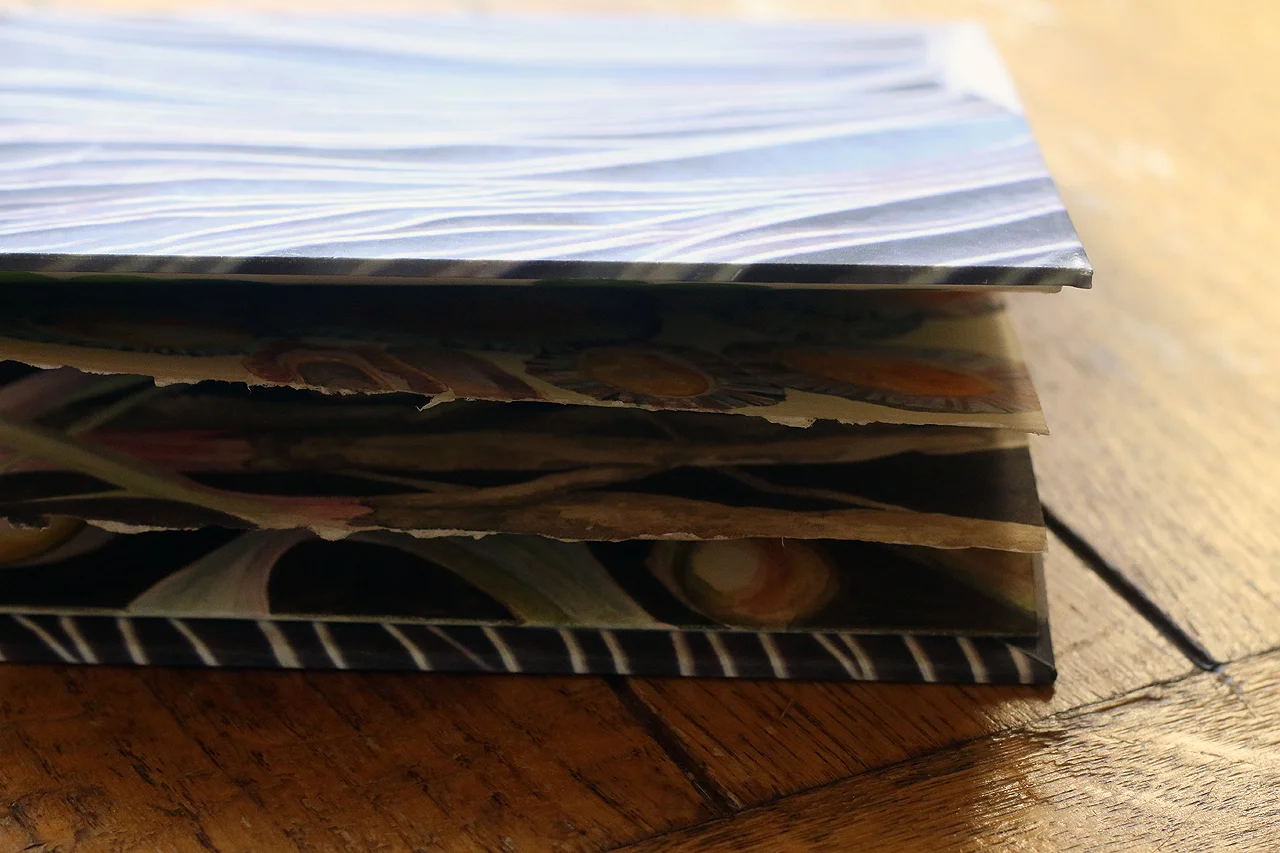
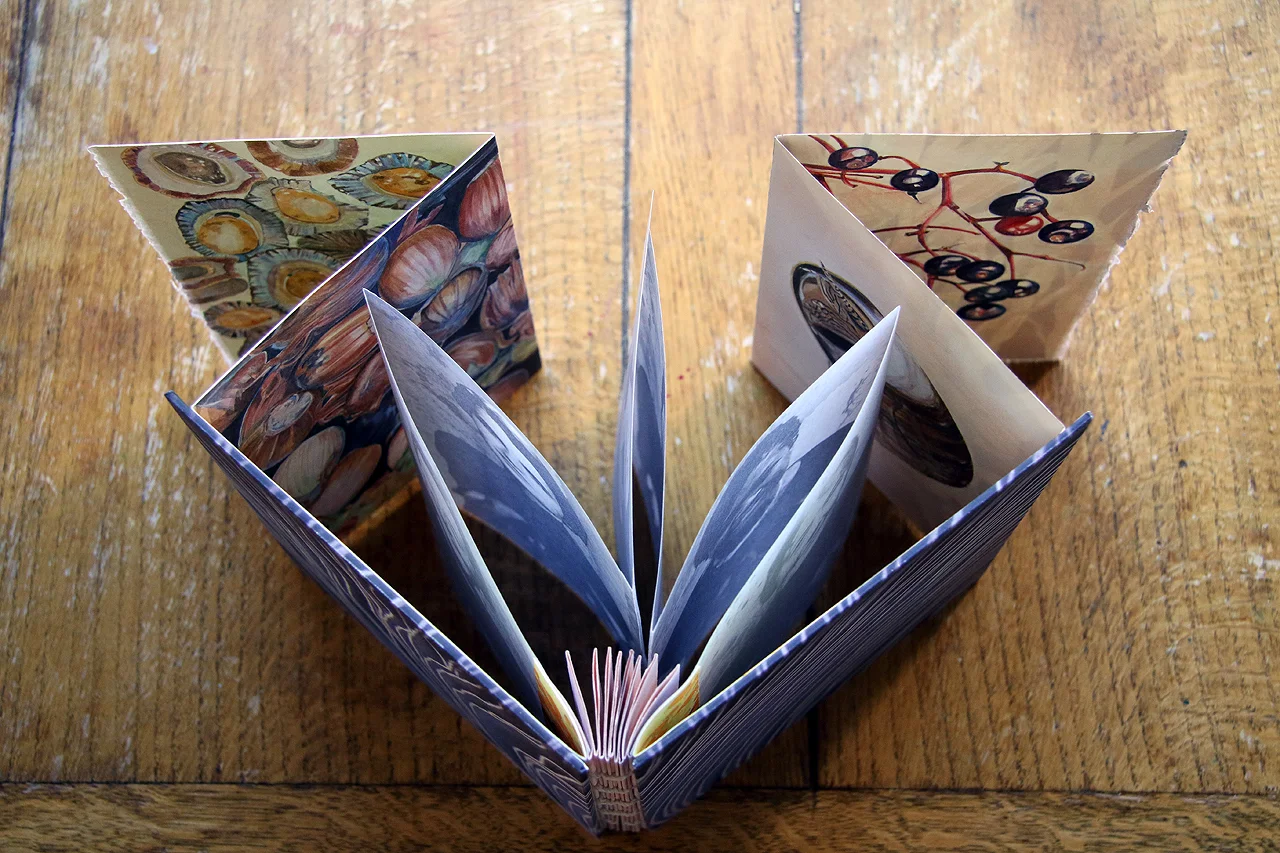

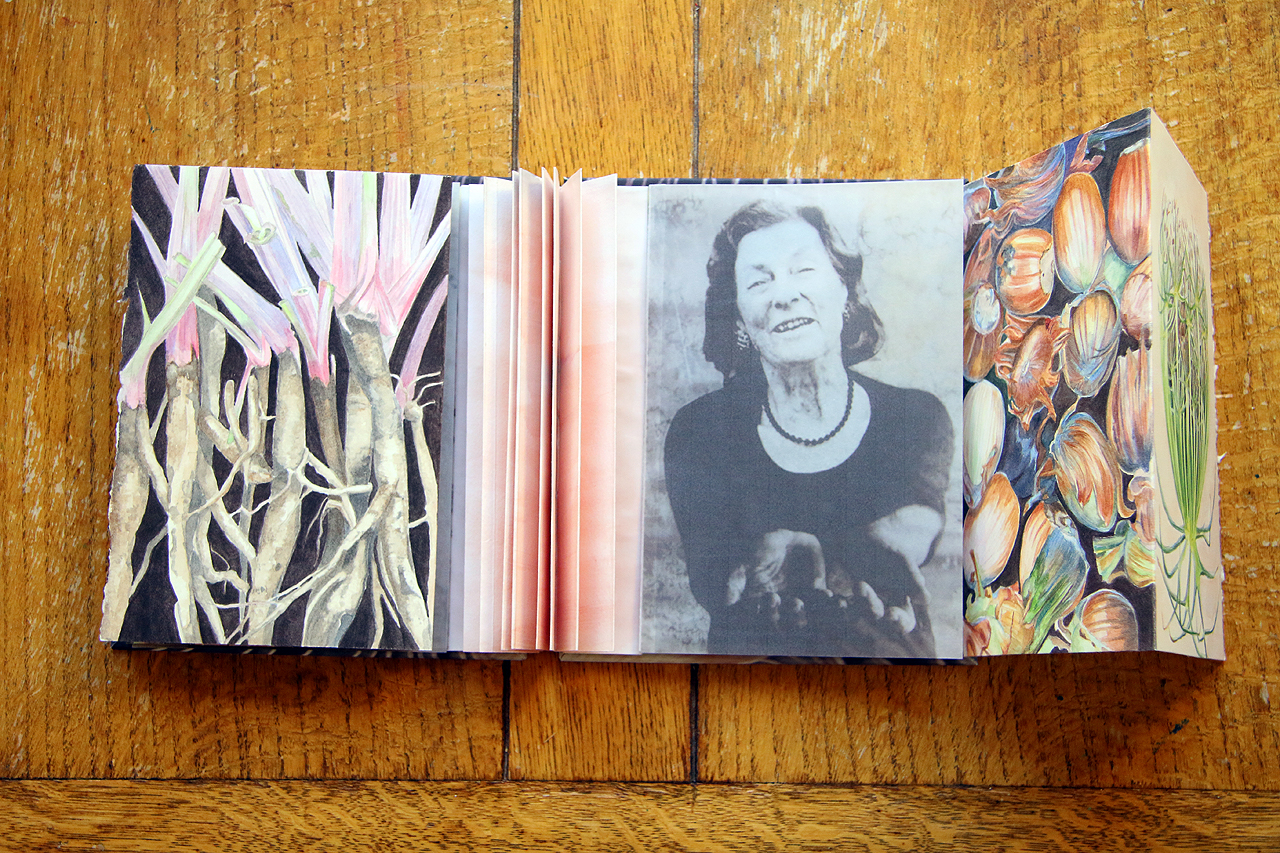
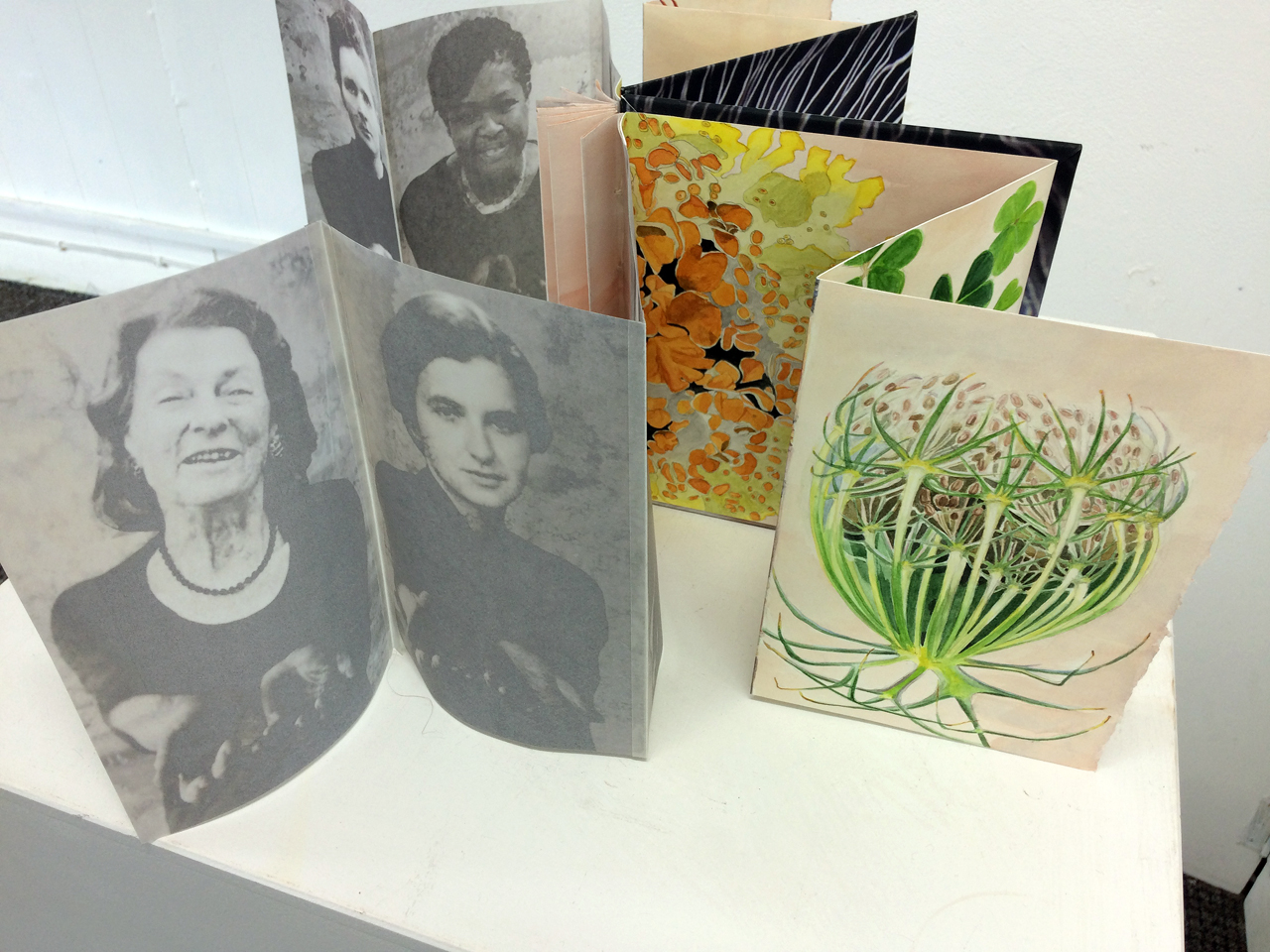
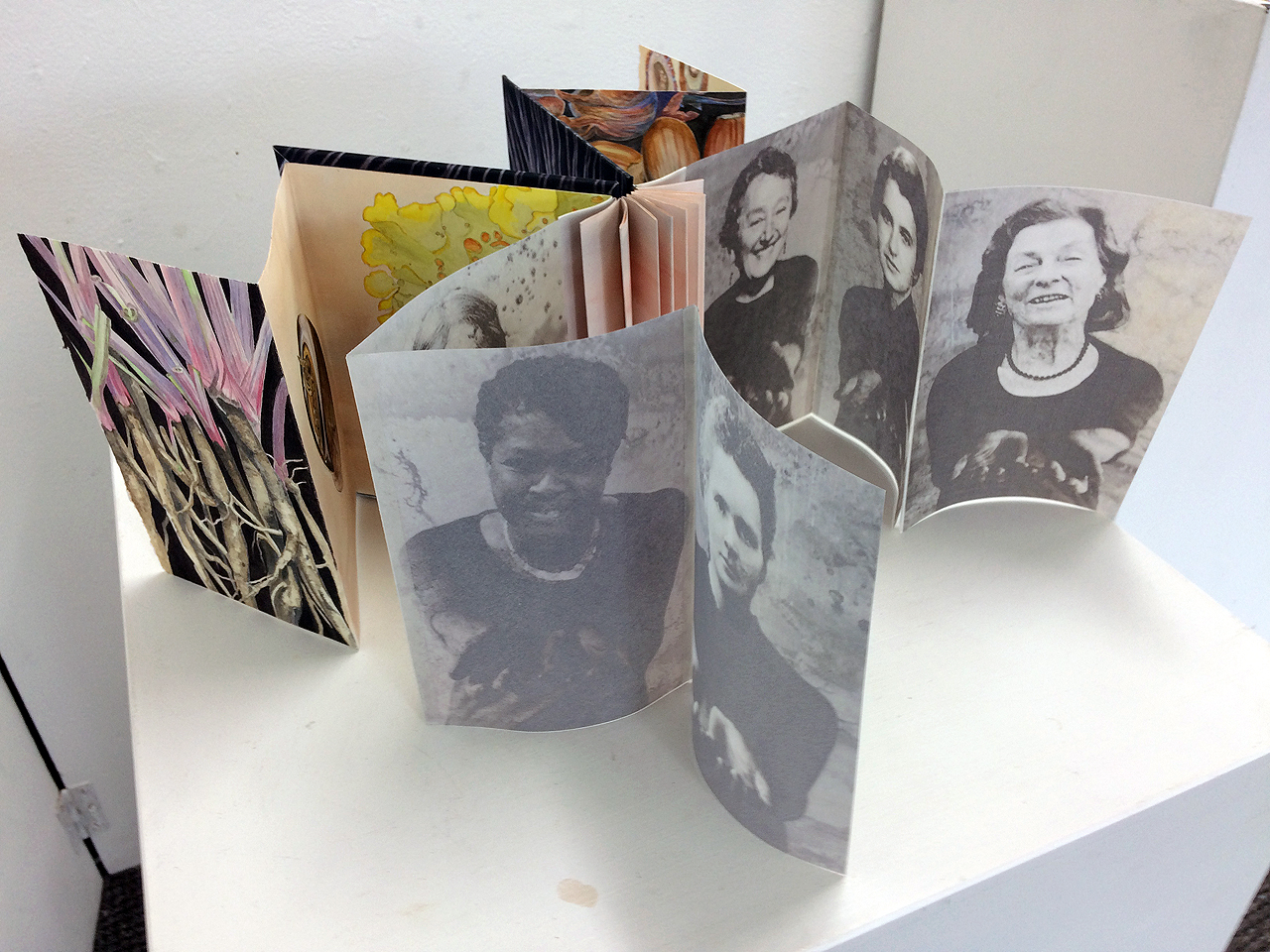

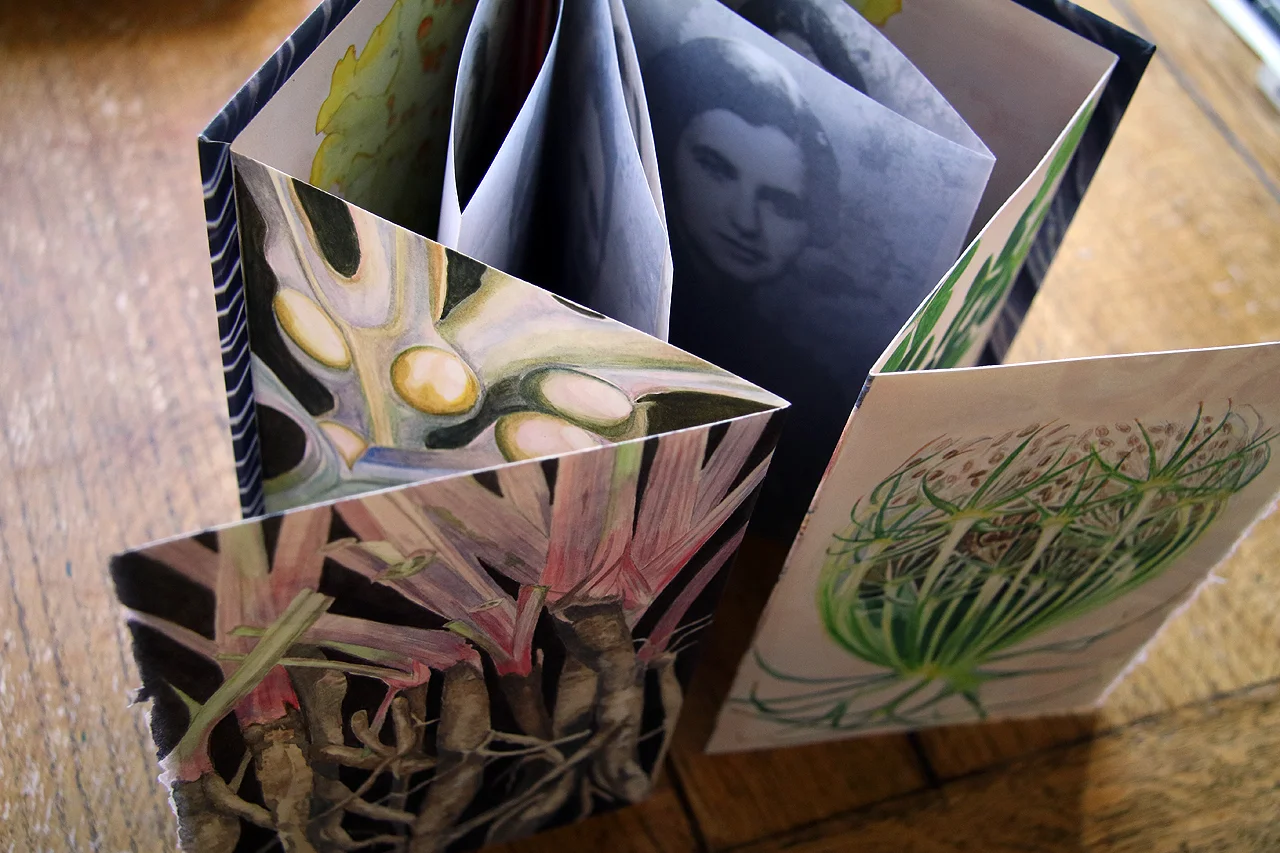
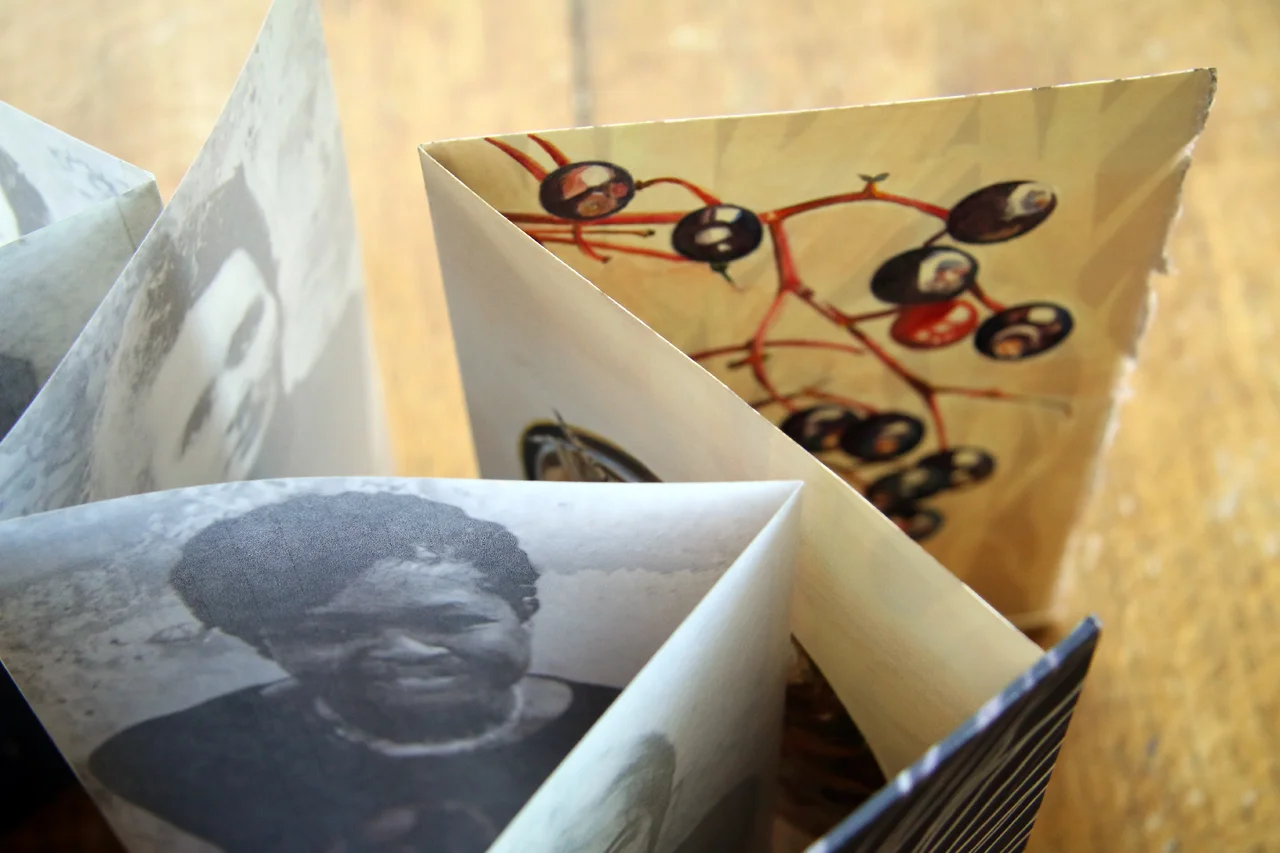

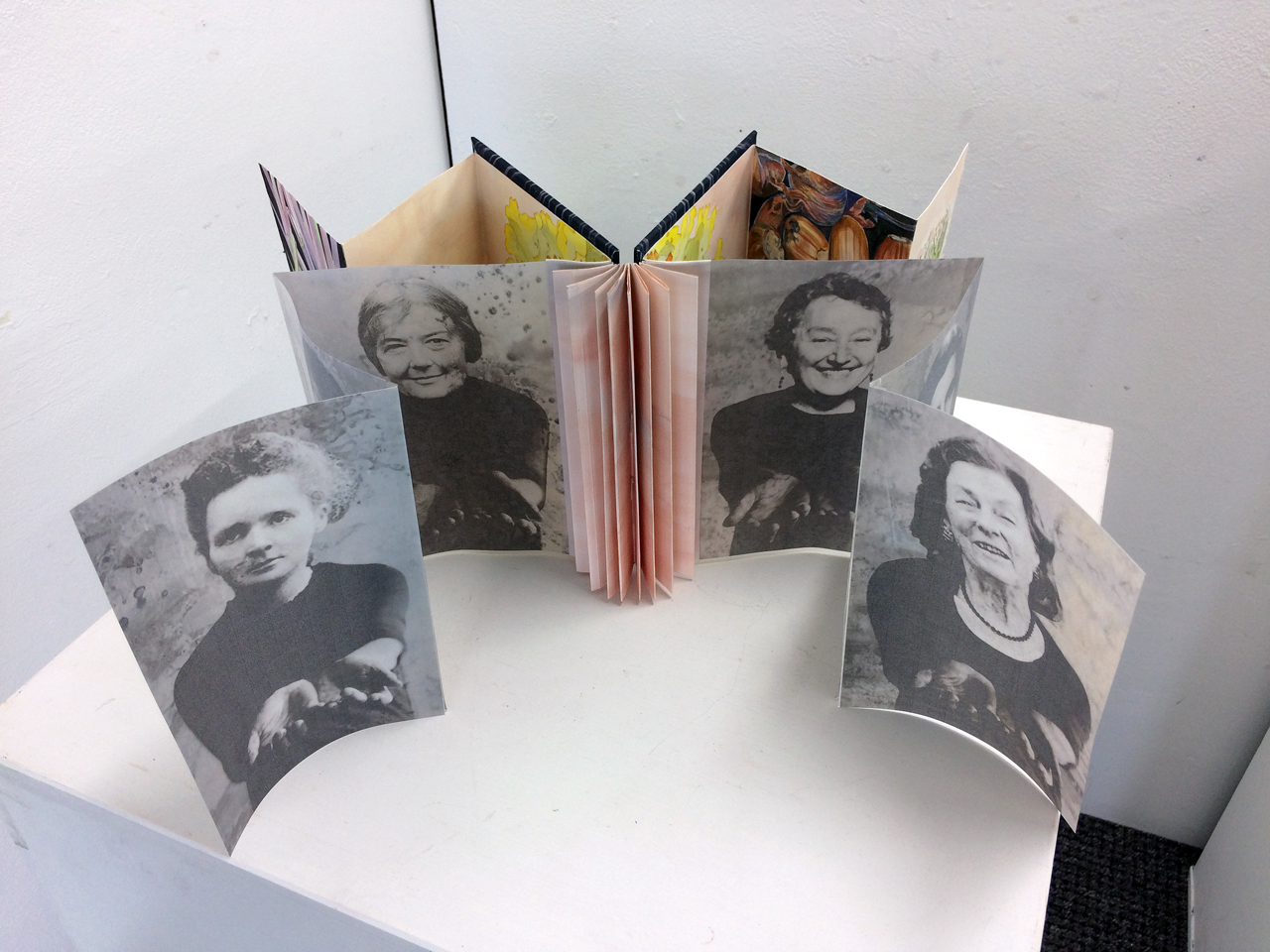
Your Custom Text Here
Inspired by Neil Gaiman’s poem of the same name, ‘The Mushroom Hunters’ explores the role of women in science. It introduces the idea that women hunter gatherers were the very first scientists. Through their observation and experimentation they navigated their way through the natural world to gift us food, medicine and tools.
The book features the more modern day women hunter gathers that have been important to me over the years,
Diane Fossey (Naturalist), Lynn Margulis (Biologist), Maggie Aderin-Pocock (Space Scientist), Rosalind Franklin (Chemist), Marie Curie (Physicist) and Anne McLaren (Biologist)
And plants and animals that would have been foraged in Britain during the Stone Age, Lichen (Xanthoria arietina), Winkle (Littorina littorea), Hazelnut (Corylus avelana), Burdock (Arctium lappa), Wild carrot (Daucus carota) Elderberry (Sambucus), Limpet (Patella vulgate), Bladder wrack (Fucus vesiculosus) and Wood Sorrel (Oxalis acetosella).
Inspired by Neil Gaiman’s poem of the same name, ‘The Mushroom Hunters’ explores the role of women in science. It introduces the idea that women hunter gatherers were the very first scientists. Through their observation and experimentation they navigated their way through the natural world to gift us food, medicine and tools.
The book features the more modern day women hunter gathers that have been important to me over the years,
Diane Fossey (Naturalist), Lynn Margulis (Biologist), Maggie Aderin-Pocock (Space Scientist), Rosalind Franklin (Chemist), Marie Curie (Physicist) and Anne McLaren (Biologist)
And plants and animals that would have been foraged in Britain during the Stone Age, Lichen (Xanthoria arietina), Winkle (Littorina littorea), Hazelnut (Corylus avelana), Burdock (Arctium lappa), Wild carrot (Daucus carota) Elderberry (Sambucus), Limpet (Patella vulgate), Bladder wrack (Fucus vesiculosus) and Wood Sorrel (Oxalis acetosella).